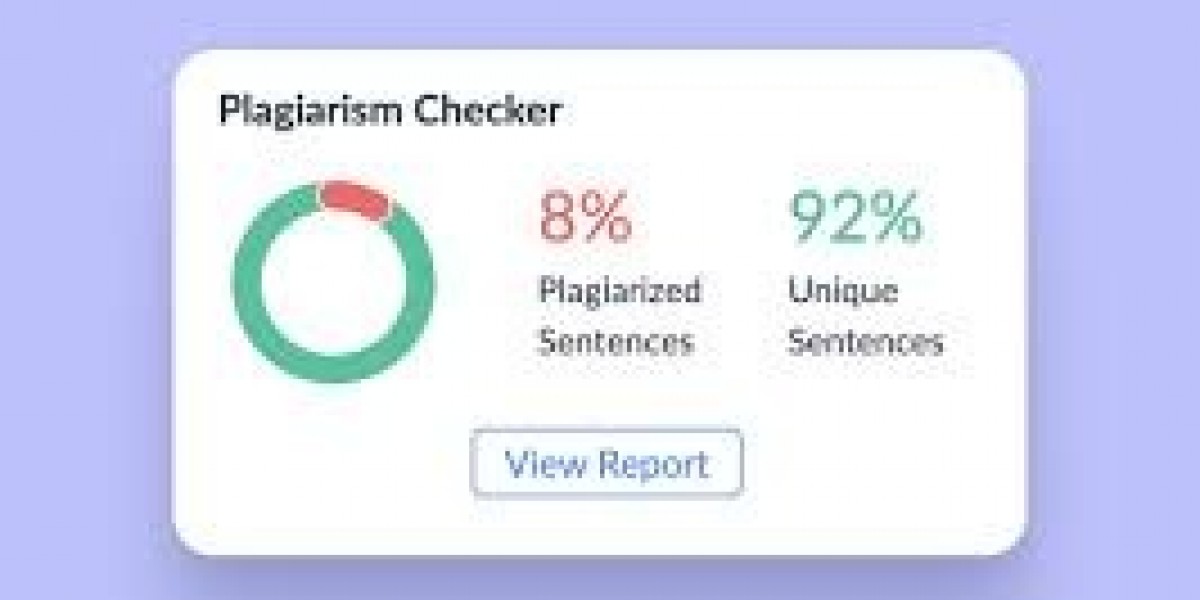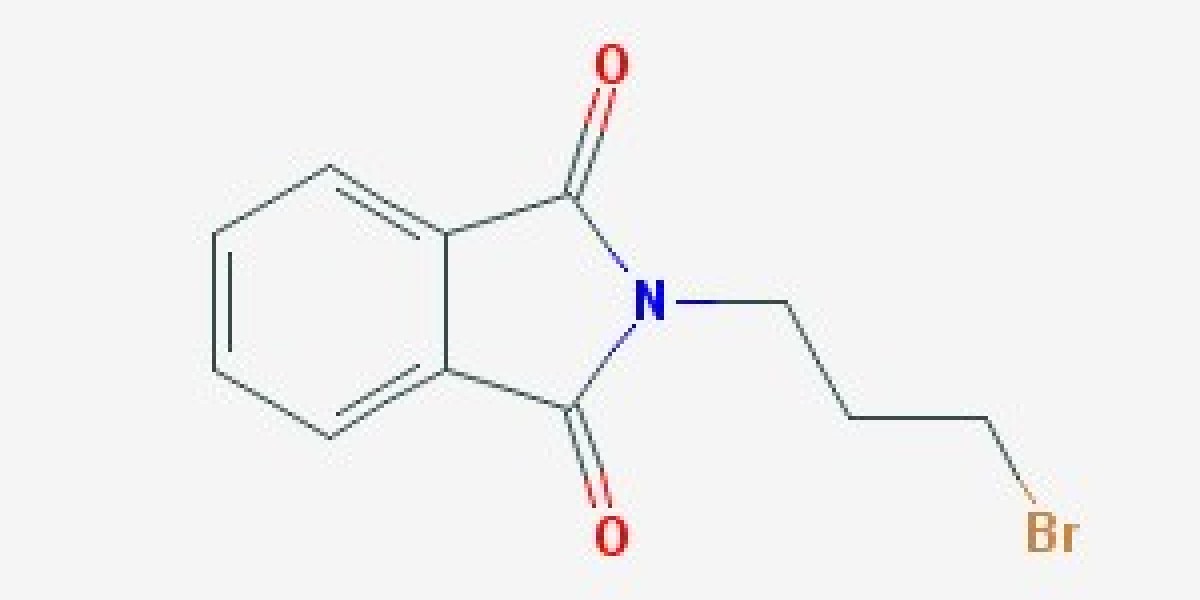A plagiarism checker is a software tool designed to scan text and compare it against extensive databases of existing content—ranging from academic papers and articles to websites
IntroductionIn today's digital era, where content creation flourishes at an unprecedented pace, ensuring the originality of written material is more critical than ever. The danger of unintentional or deliberate plagiarism is present whether you're a professional creating a report, a blogger writing an article, or a student working on an essay. This is where the plagiarism checker becomes an indispensable tool, helping writers maintain integrity and produce authentic content.What is a Plagiarism Checker?A plagiarism checker is a software tool designed to scan text and compare it against extensive databases of existing content—ranging from academic papers and articles to websites and books—to detect any copied or closely similar passages. By highlighting sections that closely match other sources, plagiarism checkers alert users to potential plagiarism, whether intentional or inadvertent.These tools help writers ensure their work is original or properly cited, promoting academic honesty and professional ethics.Why Is Using a Plagiarism Checker Important?The significance of using a plagiarism checker stems from the ethical, legal, and reputational consequences associated with plagiarism. Here are some key reasons:Academic IntegrityEducational institutions worldwide take plagiarism seriously. If a student is found guilty of plagiarism, they may be suspended, expelled, or given failing grades. By using a plagiarism checker, students can verify that their essays or research papers are free from copied content, thereby upholding academic honesty.Professional ReputationIn professional settings, plagiarism can damage an individual’s or organization’s reputation irreparably. Content creators, journalists, and marketers who plagiarize risk losing credibility, clients, and career opportunities. A plagiarism checker helps ensure the content shared with clients or published online is unique and trustworthy.Legal ComplianceCopyright laws protect original works.Unauthorized copying of another person's work may result in legal action. Using a plagiarism checker helps writers avoid copyright infringement by identifying text that may require proper citation or rewriting.Improving Writing SkillsBy detecting unintended similarities and encouraging proper paraphrasing and citation, plagiarism checkers indirectly help writers improve their skills and develop original thought processes.See more article: plagiatsprüferHow Does a Plagiarism Checker Work?A plagiarism checker functions by analyzing the text you provide and comparing it to a vast repository of published content. The process generally involves:Text Segmentation: The software breaks down the text into smaller units, such as sentences or phrases.Database Search: It searches its indexed database, which often includes internet pages, academic journals, books, and previously submitted documents.Matching Algorithm: It finds similar or identical word sequences using algorithms.Report Generation: The software produces a detailed report highlighting plagiarized sections and listing the sources where matching content was found.Some advanced plagiarism checkers use artificial intelligence to detect paraphrasing or modified content, ensuring even cleverly disguised plagiarism is uncovered.Types of Plagiarism CheckersPlagiarism checkers vary widely depending on their purpose, depth of scanning, and user base. Below are common types:Free Plagiarism CheckersMany free plagiarism tools are available online. They are useful for quick checks but often have limitations such as restricted word count, limited database access, and less accurate detection. These tools are ideal for casual use or initial drafts.Paid or Subscription-Based Plagiarism CheckersPremium plagiarism checkers provide deeper scanning, larger databases, and more detailed reports. They are widely used by academic institutions, publishing houses, and professional writers. Examples include Turnitin, Grammarly Premium, and Copyscape.Institutional Plagiarism Detection SoftwareUniversities and research institutions often use specialized plagiarism detection platforms integrated with their submission systems. These tools are customized to their needs and databases, providing comprehensive plagiarism assessments.Features to Look for in a Good Plagiarism CheckerYour unique needs will determine which plagiarism checker is best for you, but the following are important factors to take into account:Extensive Database: The likelihood of finding copied information increases with database size.Accuracy: High detection precision, including paraphrased or slightly modified text.User-Friendly Interface: Easy to upload and analyze documents.Detailed Reports: Clear highlighting of plagiarized sections with source links.Privacy and Security: Assurance that your content is not stored or shared without permission.Additional Writing Tools: Grammar checks, citation suggestions, and writing improvement tips can be beneficial.How to Use a Plagiarism Checker EffectivelyTo maximize the benefits of a plagiarism checker, follow these best practices:Run Multiple Checks: Scan your work during different stages of writing to catch issues early.Review Results Carefully: Examine the plagiarism report thoroughly. Some matched text may be common phrases or properly quoted content.Revise and Cite: If plagiarism is detected, rewrite the problematic sections or add appropriate citations.Understand Citation Styles: To prevent inadvertent plagiarism, familiarize yourself with the necessary citation forms (APA, MLA, Chicago, etc.).Avoid Overreliance: While plagiarism checkers are powerful tools, they are not infallible. Use them alongside your knowledge and judgment.Common Myths About Plagiarism CheckersDespite their widespread use, plagiarism checkers are sometimes misunderstood. Here are some myths debunked:Myth 1: Plagiarism Checkers Guarantee 100% Detection. Reality: No tool can catch every instance of plagiarism, especially with paraphrased or translated text. Human review remains essential.Myth 2: A Low Similarity Score Means No Plagiarism. Reality: Some plagiarized content might be missed or considered common knowledge. Always review flagged parts closely.Myth 3: Using a Plagiarism Checker Means You Don’t Have to Cite Sources. Reality: Proper citation is always necessary, even if your plagiarism checker shows no matches.Plagiarism Checkers' Function in Academic and Professional DomainsPlagiarism checkers have transformed the way academic institutions, publishers, and businesses maintain ethical standards. They:Encourage original research and critical thinking in students.Help publishers avoid legal issues by ensuring submitted manuscripts are authentic.Assist businesses in protecting brand reputation by preventing content theft.Facilitate transparency and trust between writers and their audiences.Challenges and Limitations of Plagiarism CheckersWhile plagiarism checkers are highly useful, they do have limitations:Database Limitations: Not all sources are indexed, especially new or obscure publications.False Positives: Common expressions or technical terminology are occasionally marked needlessly. Language Barriers: Plagiarism in different languages or translated content can be difficult to detect.Paraphrasing Detection: Sophisticated paraphrasing might evade detection, requiring human expertise.Future Trends in Plagiarism DetectionWith advancements in AI and machine learning, plagiarism checkers are becoming smarter and more capable. Future developments may include:Enhanced paraphrase recognition using semantic analysis.Real-time plagiarism detection integrated into writing software.Detection of idea plagiarism beyond exact wording.Cross-lingual plagiarism detection.These innovations promise to make plagiarism checkers even more effective in promoting originality and integrity.ConclusionA plagiarism checker is no longer just a convenience but a necessity in the world of writing. Whether you are a student striving for academic honesty, a writer aiming to produce unique content, or a professional protecting your reputation, plagiarism checkers provide an essential safeguard against copying and intellectual theft.By incorporating these tools into your writing process and combining them with proper citation and research habits, you can confidently create work that is authentic, ethical, and respected. Embracing plagiarism checkers today is an important step toward fostering a culture of originality and trust in the digital age.For more and latest article: Click Here
 Software Consulting Market Revolution: Key Trends, Growth Drivers, and Future Predictions
द्वारा ReshmaSonune
Software Consulting Market Revolution: Key Trends, Growth Drivers, and Future Predictions
द्वारा ReshmaSonune Pagi88: Komunitas Judi Online yang Ramah dan Mendukung
द्वारा Beo4d Beo4d
Pagi88: Komunitas Judi Online yang Ramah dan Mendukung
द्वारा Beo4d Beo4d A Step-by-Step Overview to Using Bet9ja Promo Code YOHAIG for New Users
द्वारा wyattglyde4644
A Step-by-Step Overview to Using Bet9ja Promo Code YOHAIG for New Users
द्वारा wyattglyde4644 Melbet Promo Code 2026 - Bonus 100% to $130
द्वारा MelbetPromoPeak
Melbet Promo Code 2026 - Bonus 100% to $130
द्वारा MelbetPromoPeak Mascara Magic: A History, Scientific Research, and Future Of Lash Improvement
द्वारा maynardseiffer
Mascara Magic: A History, Scientific Research, and Future Of Lash Improvement
द्वारा maynardseiffer


